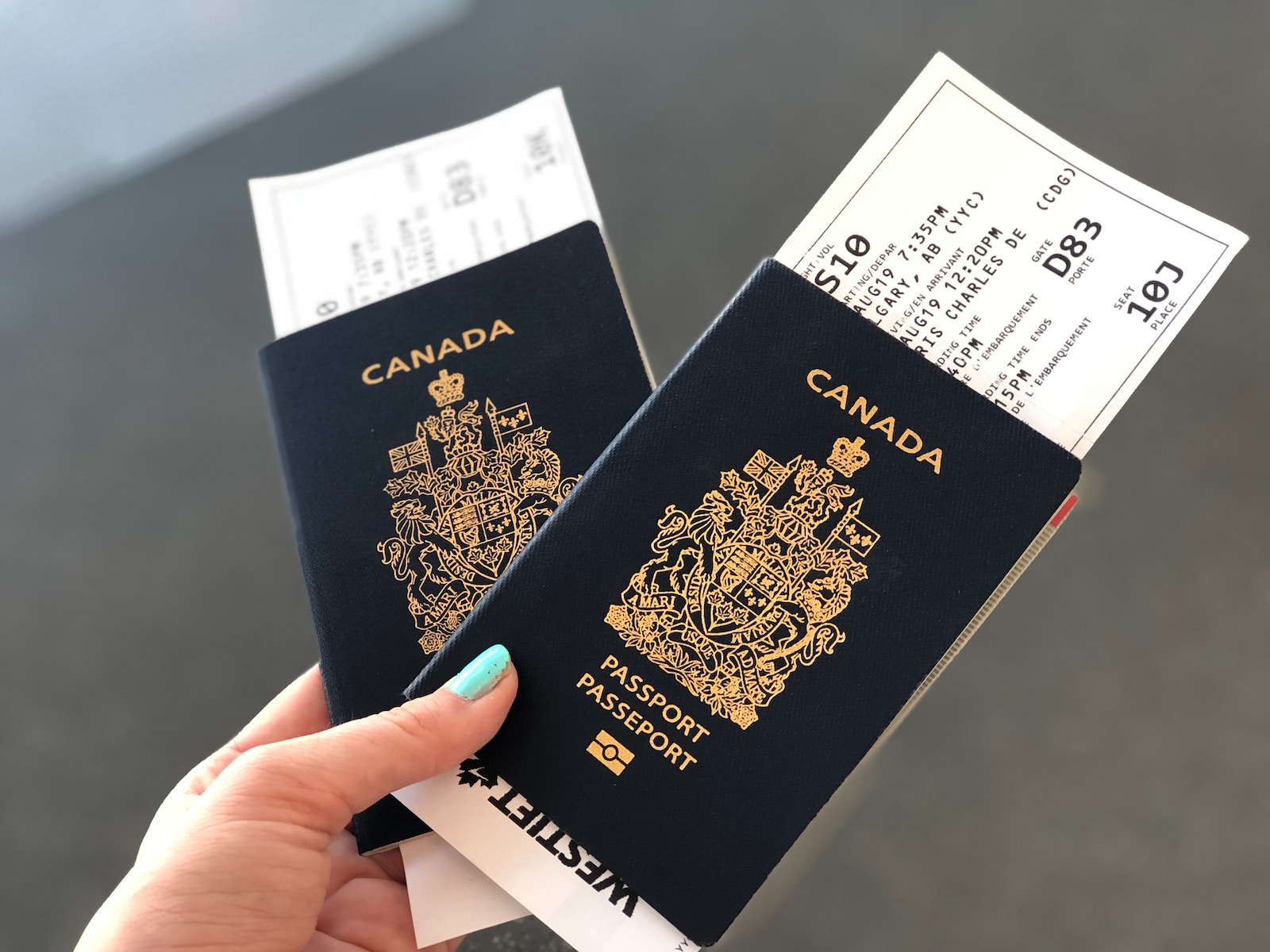So many times as an international student in the U.S., you may decide you want to get a job, whether it’s to lighten the load of your tuition, gain some work experience, or just have a little extra pocket money to spend.
Well, these jobs are waiting for you but keep in mind that you have to follow the rules and regulations set aside for international students to work and study and you should not violate them to avoid punishment.
USA Student Work and Study Visa
As international students who want to study in the US, there are different visas available and you can be offered any one of them. I will give you the details of them all. Here you start a Fresh Registration:
- F1 VISA
- This visa is strictly for academic studies.
- An F1 visa is issued to students who are attending an academic program or English Language Program.
- F1 visas are one of the most important forms of international student visa in the U.S.
- F1 students must maintain the course load for full-time student status.
- Finally, F-1 status allows for part-time, on-campus employment.
- J1 VISA
- This is a practical training visa for international scholars.
- AJ1 visa is issued to students who need to obtain practical training that is not available in their home country for their program.
- J-1 student status allows for similar employment as the F-1 but has some restrictions.
- M1 VISA
- this visa is for non-academic or vocational studies.
- M-1 visa holders for technical and vocational programs are not permitted to work during the course of their studies.
- The M-1 student visa applicants must have evidence that sufficient funds are immediately available to pay all tuition and living costs for the entire period of their intended stay.
- I guess this visa is not for you, if really want to work and study.
Credentials For Your Visa
Keep the following items in mind when putting together your application for a student visa, you will first need to research the admission policy for your university.
- Academic Eligibility: you should know that every school has different academic eligibility criteria. Your school will tell you what their requirements are.
- Financial Stability: this is just for you to get a financial statement or account showing that you can support yourself without having to work.
- Health Insurance: You may have to show proof of health insurance in order to cover any medical expenses in case the need arises.
First Thing To Do For My Work And Study Visa
Do this when you get to the states before you begin the process of finding a job, contact your Designated School Official (DSO). That’s the person your school assigned to assist international students.
If you are already a student, you likely already made contact with your DSO when you arrived. But if you haven’t, any school official should be able to point you to the right person or department.
Your DSO will help you apply for a Social Security Number (required for all students working in the U.S.) and guide you through the appropriate steps.
Securing Employment Opportunities For Your Work And Study Visa
You should note that the Department of Homeland Security outlines four ways for international students to legally work in the U.S. on an F1 (student) visa: You Can proceed with your Application Here!!!
- On-Campus Employment
- Off-Campus Employment
- Curricular Practical Training (CPT)
- Optional Practical Training (OPT)
1. ON-CAMPUS EMPLOYMENT
- This employment opportunity is very much available to F1 students and refers to work that takes place on campus.
- It can also beat an “educationally affiliated off-campus location.”This means that the off-campus location must meet at least one of these two criteria below:
- Associated with the school’s established curriculum.
- Related to contractually-funded research projects at the post-graduate level.
- So this shows that you could work somewhere on your school’s campus; such as a bookstore, library, dorm, or cafeteria. Or you could work somewhere like an off-campus research lab that is affiliated with your school.
- This is the only type of employment you can pursue starting in your first academic year, and you may apply as early as 30 days before classes start.
2. OFF-CAMPUS EMPLOYMENT
- Yes just like the name goes (off-campus), you can get jobs outside your school but is only available to international students who have completed one full academic year.
- You can get this also if you have an economic hardship entails (new, unexpected circumstances beyond your control) such as:
- Loss of financial aid that is beyond your control.
- Large increases in tuition or living costs.
- A substantial decrease in the relative value of currency the student depends upon to pay expenses.
- Unexpected changes in the financial conditions for a student’s sources of financial support.
- Unexpectedly large medical bills are not covered by insurance.
- You can apply for off-campus employment by contacting your Designated School Official (DSO).
- He or she must approve the reason and recommend off-campus employment as the first part of the application process.
- Apply early so you’ll be ready to go when you receive an offer of employment.
- Work hours are limited to only 24 hours per week.
- However, you should know that you cannot begin working while your application is still being processed by U.S. Immigration and Customs Enforcement.
3. CURRICULAR PRACTICAL TRAINING
- Curricular Practical Training (CPT) should be part of your school curriculum.
- It is designed to give you real-world experience in your field of study, like an internship or practicing with a partnering employer.
- Unlike other employment categories mentioned above CPT can be full-time, with no weekly hour limit.
- To qualify for CPT, you must have completed one full academic year, unless you’re a graduate student whose program requires immediate CPT
4. OPTIONAL PRACTICAL TRAINING
- Optional Practical Training (OPT) refers to temporary employment relating to your field of study.
- This is what I mean: if you are a journalist then you can work on a TV station while studying.
- Eligible students can receive up to 12 months of OPT employment.
There are 2 types of OPT:
- Pre-completion OPT: This option is available once you have completed one full academic year at a U.S. college or university.
- Post-completion OPT: You can apply for this option after completing your studies and is either part-time or full-time.
NOTE: You’ll need approval from your DSO, who will then endorse your application and help you submit it to U.S. Citizenship and Immigration Services.
Keep in mind that if you participate in both pre-completion and post-completion OPT, the 12-month maximum work period will be divided between the two.
#feel free to subscribe to our blog by using your email address, is simply free and you will be able to get more updates on this blog site. we are here to serve you better. Meanwhile, you Can Proceed with the Official registration Portal now!!!
You cannot print contents of this website.











